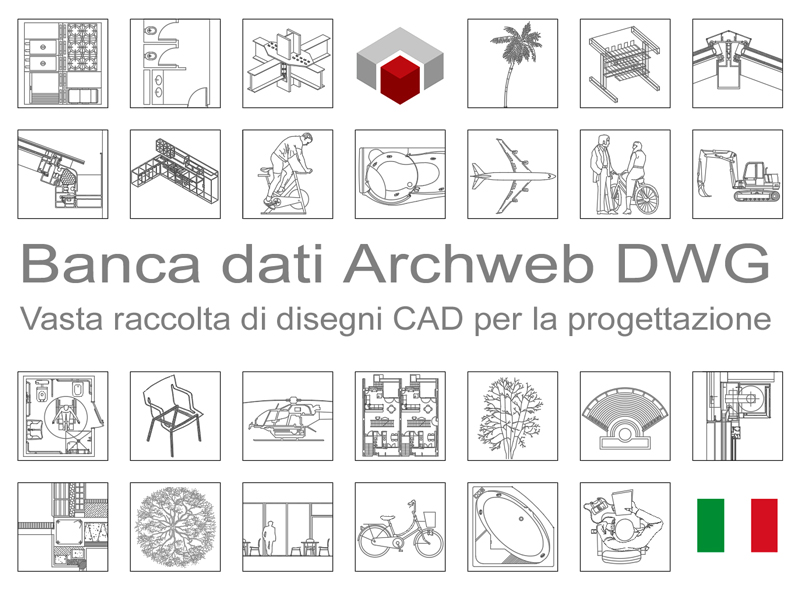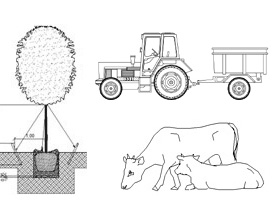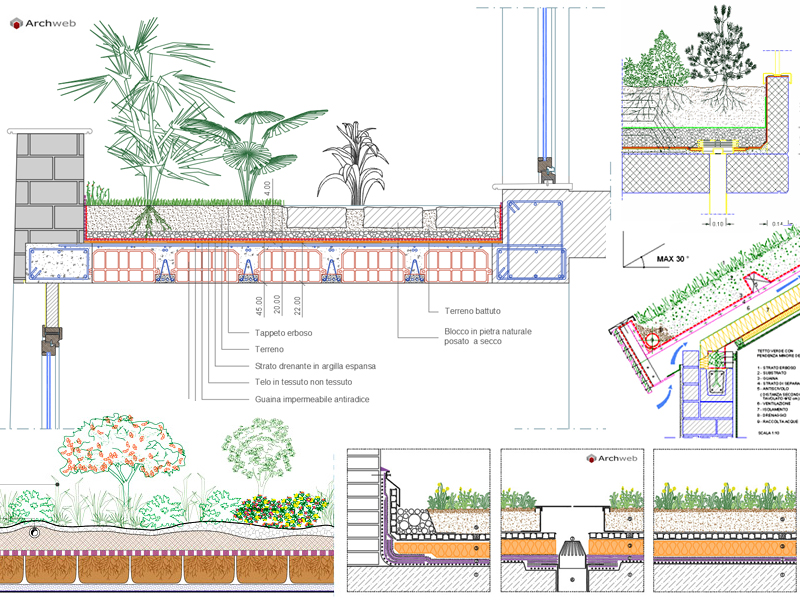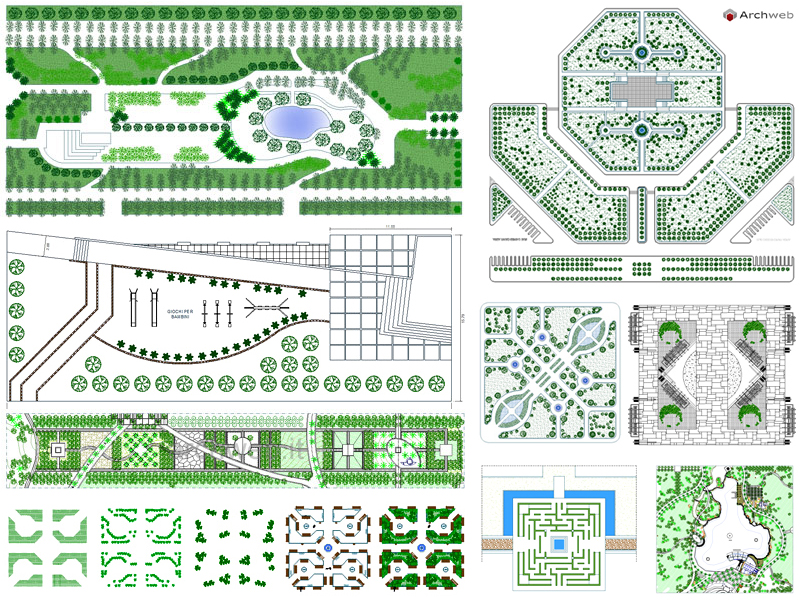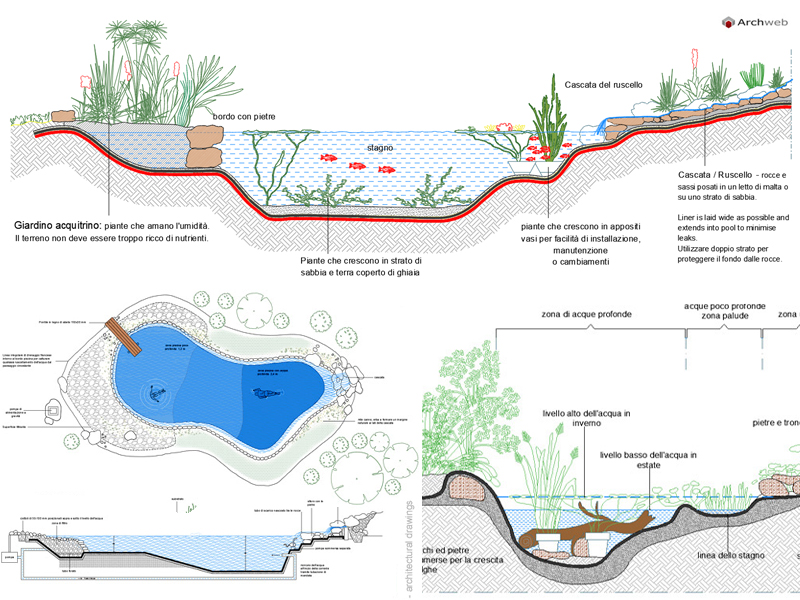Signage in public parks and gardens
Signage in public parks and gardens. Features, functions, design and regulations
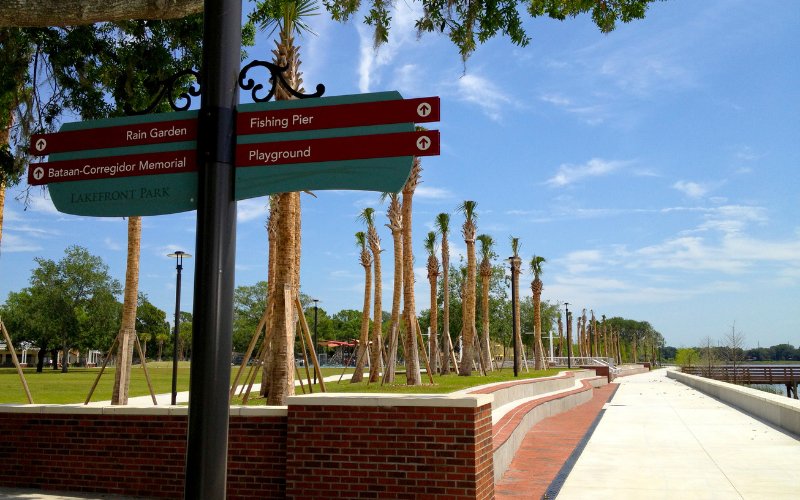
Signage in urban public parks plays a key role in orienting visitors, communicating rules and important information, and enhancing the natural and cultural elements present. Parks, in fact, are often vast and complex, with numerous paths, recreational areas and points of interest. Without clear and well-placed signage, visitors may find themselves disoriented and have difficulty finding desired attractions or reaching available services. Signs also help prevent accidents or dangerous situations, providing information on prohibited areas, precautions to take and rules of conduct to follow.
In this article, we will explore the features, functions, design and regulations of signs for urban public parks and gardens.
Functions of signs in urban public parks and gardens
Signage in public parks and gardens performs several important functions.
First, it provides information about the park’s attractions and features, such as trails, wildlife viewing spots, themed gardens, and much more. This information helps visitors plan their visit and make the most of the park’s resources.
Secondly, the signs provide information on available services, such as refreshment points, bathrooms, picnic areas and car parks. This information is critical to meeting visitor needs and ensuring their comfort while visiting the park.
The signs also perform an educational function, providing information on the plants, animals and ecosystem of the park. This type of signage is especially important in urban public parks, where other nature learning opportunities are often lacking.
Finally, the signs contribute to creating a welcoming atmosphere and promoting respect for the environment, providing indications on the rules of conduct to be followed, such as the smoking ban, the ban on picking flowers or plants, and respect for paths and areas protected.
Types of signs used in public parks and gardens
In urban public parks and gardens, different types of signage are used to meet the different needs of visitors. Some examples of common signage include:
- Directional signs: this type of sign indicates the directions to reach the main attractions, services and recreational areas within the park. It is usually composed of panels with arrows, symbols and explanatory texts.
- Informational Signage: This type of signage provides information about the attractions, natural features, history and culture of the park. It can consist of illustrated panels, information tables or paper guides.
- Safety signs: this type of sign indicates the rules of conduct to be followed to guarantee the safety of visitors. Includes information on dangerous routes, caution points and prohibited areas.
- Interpretive Signage: This type of signage provides educational information about the plants, animals and ecosystem of the park. It often includes illustrations, detailed descriptions, and interesting trivia.
- Promotional Signage: This type of signage advertises events, special activities and additional services offered in the park. It can include advertising panels, posters or banners.
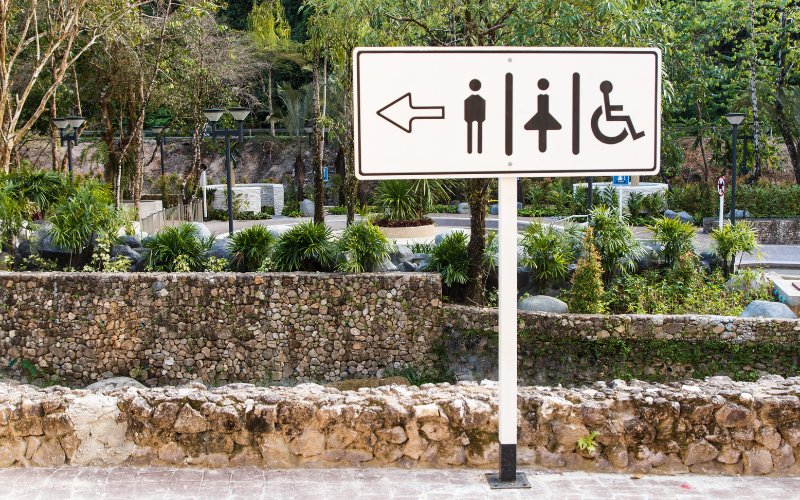
Design considerations
The design of signage for urban public parks and gardens must be well thought out to ensure its effectiveness and its harmonious integration into the surrounding environment. Some important design considerations include:
- Legibility: Signs must be easily readable from an appropriate distance. The characters must be of an adequate size and the contrast between the text and the background must be sufficient to ensure good visibility.
- Durable materials: Outdoor signs should be made of weather-resistant materials, such as aluminum, stainless steel or PVC. Furthermore, the materials must be easy to clean and maintain.
- Consistency: Signage within the park must follow a consistent style and design, to create a feeling of unity and cohesion in the area. This may include the use of common colors, fonts and graphics.
- Strategic placement: Signs should be placed in strategic locations, such as trail intersections, near major attractions, or at entry points. In this way, visitors will be able to find it easily and better orient themselves within the park.
Regulations and guidelines for park signage
Signage in urban public parks must comply with certain regulations and guidelines to ensure visitor safety and harmony with the surrounding environment. Some common regulations include:
- Size and height: the signs must not be too large or intrusive, nor too low as to be difficult to see. The size and height of the signs must be appropriate to the context and the necessary visibility.
- Materials and colours: The materials and colors used for signs must comply with local regulations and respect the surrounding environment. For example, some protected areas may require natural materials or neutral colors.
- Information content: Signage must provide clear, concise and relevant information. The text must be written in a simple and understandable way, avoiding technical or ambiguous terms.
- Maintenance and removal: Signs must be kept in good condition and periodically checked for damage or deterioration. If removal or replacement is necessary, the procedures established by local regulations must be followed.
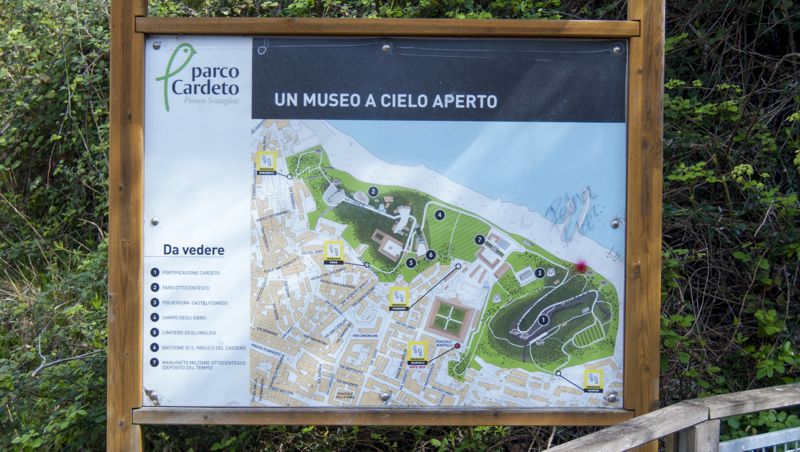
Future trends in park signage
Urban public park signage continues to evolve to meet new visitor needs and technological innovations. Some of the future trends in park signage include:
- Digital Signage: Using digital screens or interactive displays can offer new opportunities to provide dynamic, up-to-date information to visitors. This type of signage can be used to advertise events, provide interactive maps, or offer multimedia learning experiences.
- Multilingual Signage: With the increase in international tourism, multilingual signage becomes increasingly important for communicating with visitors from different parts of the world. Using multilingual translations can help improve the visitor experience and promote inclusion.
- Sustainable signage: the use of sustainable materials and low environmental impact technologies is becoming increasingly important in the signage of urban public parks. The use of recycled materials, renewable energy sources and low-energy lighting can help reduce the environmental impact of signs.
- Smart signage: Integrating sensors and smart technologies into signage can enable greater interaction with visitors and better management of park resources.
Conclusions
Signage in urban public parks and gardens plays a fundamental role in orienting visitors, communicating rules and important information and enhancing the natural and cultural elements present. It is important that this signage is clear, precise and aesthetically pleasing, in order to ensure an enjoyable and safe experience for all visitors. Additionally, future trends in park signage, such as the use of interactive digital signage and sustainable materials, offer new opportunities to enhance the visitor experience and promote environmental sustainability.
Cover photo: rickzawadzki from Getty Images



























































